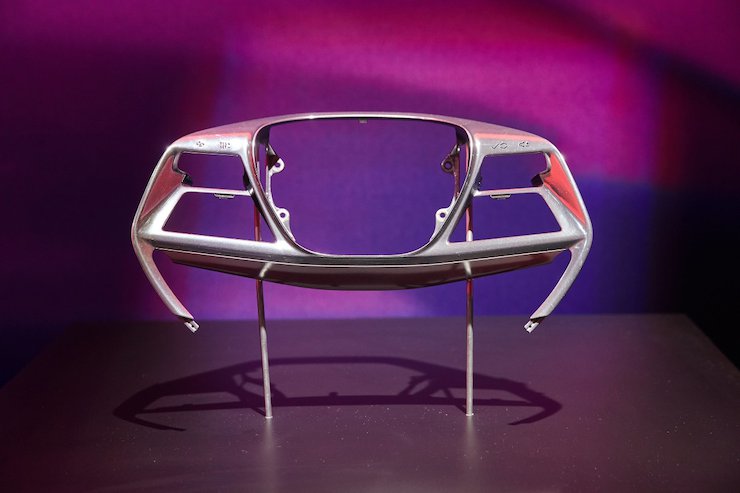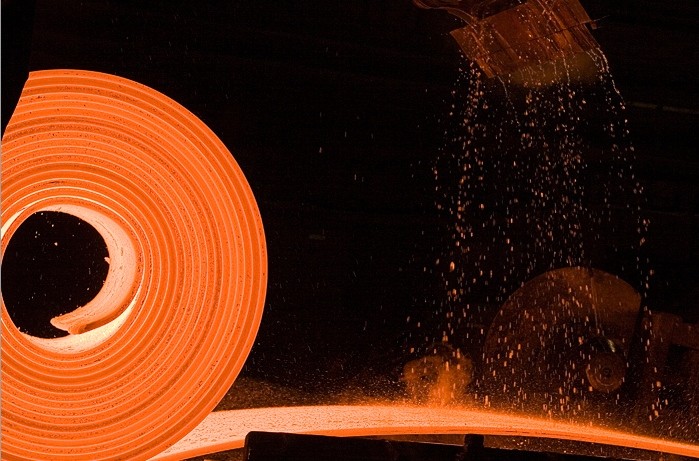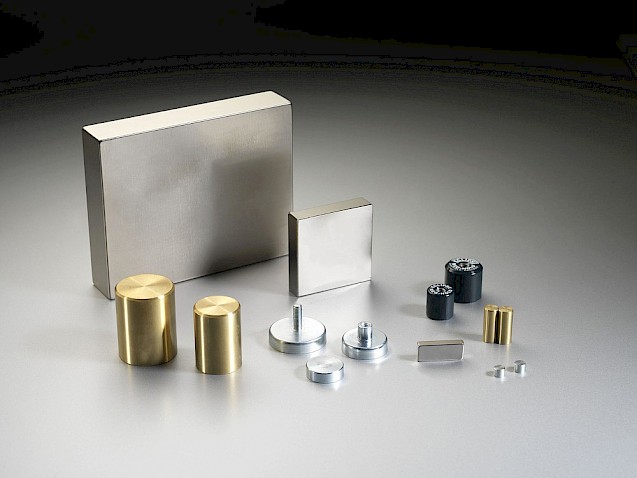
GM Embraces Additive Manufacturing to Revolutionize Cadillac CELESTIQ Production
General Motors has equipped the ultra-luxury Cadillac CELESTIQ with more than 130 parts made using additive manufacturing. This makes CELESTIQ the GM model with the highest concentration of 3D printed components to date. The parts range from decorative trim to structural safety elements, demonstrating the versatility of metal and polymer-based additive manufacturing.
Among these innovations, GM’s largest 3D printed production metal part—the steering wheel center—stands out. Created using metal laser powder bed fusion, this trim bezel combines detailed design with robust performance. According to GM’s Brennon White, traditional methods failed to meet the luxury and design standards required, while AM delivered both form and function.
In addition, GM developed its first 3D printed safety part for CELESTIQ: the seat belt adjustable guide loop. This single-piece component, awarded by the Metal Powders Industry Federation, merges strength and aesthetics. Consolidating multiple parts into one, the guide loop highlights AM’s role in reducing complexity and enhancing durability.
Cadillac CELESTIQ Sets Benchmark for AM in Automotive Design
GM’s investment in additive manufacturing extends beyond CELESTIQ. Earlier, Cadillac’s V-Series Blackwing models debuted select 3D printed elements. Meanwhile, GM motorsport teams, including Cadillac Racing, integrate AM components for performance gains.
These innovations are driven by GM’s Additive Industrialization Center (AIC) in Warren, Michigan. This 15,000 sq-ft facility houses over 20 AM machines and leads the company’s R&D in advanced manufacturing. Most of CELESTIQ’s 3D printed parts are first validated at AIC before production is scaled through supply chain partners.
Therefore, GM’s success with CELESTIQ underscores how additive manufacturing is reshaping premium automotive manufacturing. As White explains, every AM decision balances performance with economic feasibility. In CELESTIQ’s case, additive enabled breakthroughs conventional methods couldn’t achieve.
SuperMetalPrice Commentary:
GM’s bold use of additive manufacturing in the Cadillac CELESTIQ sets a new standard for luxury electric vehicles. By embedding over 130 3D printed components—including the largest metal part it has produced—GM demonstrates the commercial viability of AM in serial automotive production. This milestone marks a turning point where precision, customization, and sustainability converge. As additive technology matures, we can expect broader adoption across automotive OEMs seeking efficiency and design freedom.











Leave a Reply
You must be logged in to post a comment.